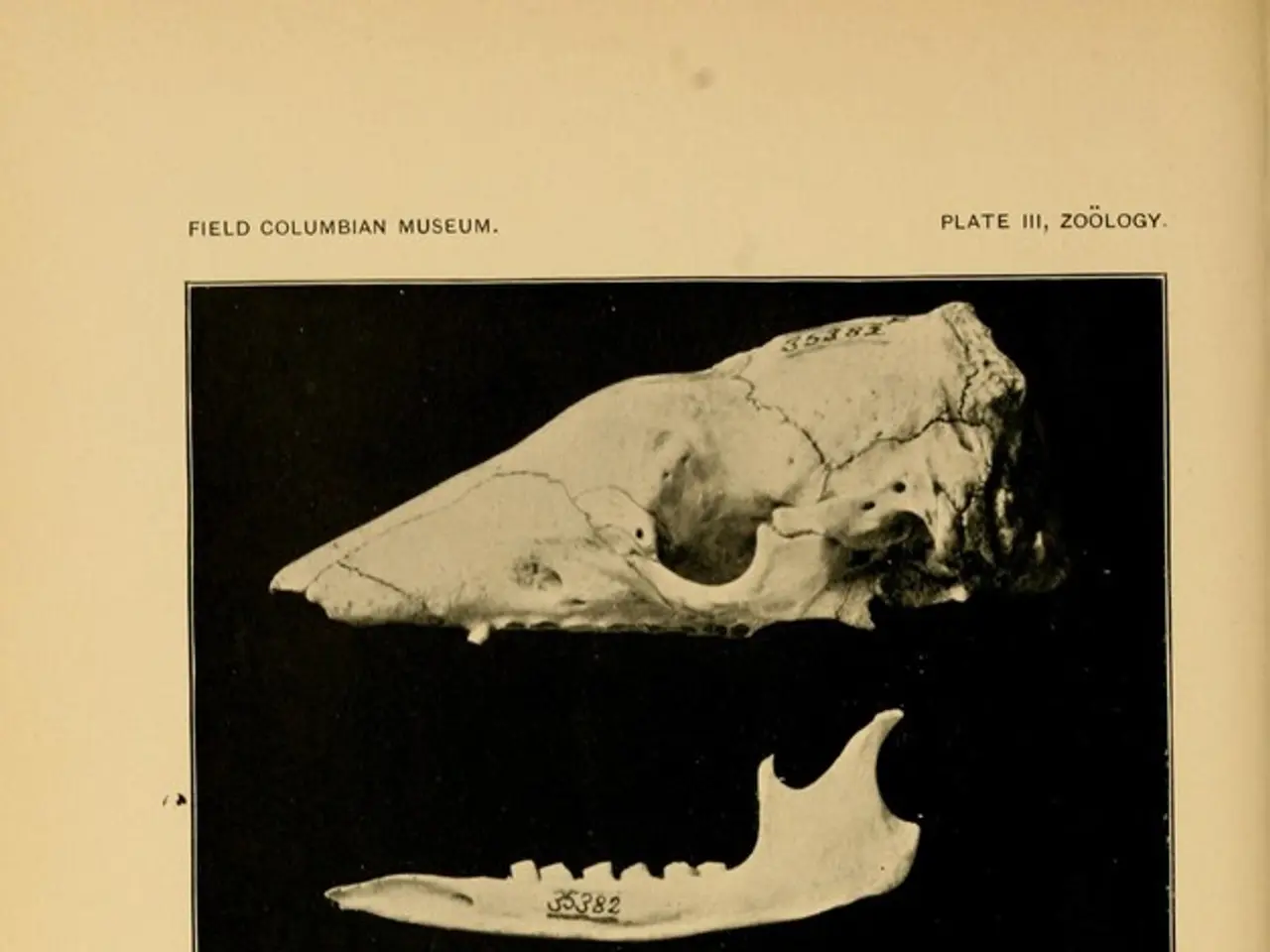Genetic Alteration Reshapes Fear Networks, Promoting Anxiety Levels
In a groundbreaking study, scientists at the Max Planck Florida Institute for Neuroscience have unveiled detailed changes in the central amygdala (CeL) that occur as a result of PTEN loss in inhibitory neurons. These findings offer new insights into the neural mechanisms underlying heightened fear and anxiety in autism and related neurological disorders.
The research focuses on the changes in the CeL driven by the loss of PTEN in somatostatin-expressing inhibitory neurons. The study reveals that this loss leads to a profound disruption of local inhibition, with approximately a 50% reduction in local inhibitory connectivity among these neurons and a weakening of the remaining inhibitory synaptic strength in the CeL. Concurrently, there is an increased excitatory input from the basolateral amygdala (BLA), which conveys emotionally significant sensory information to the CeL.
The altered neural circuitry diminishes the CeL's role as an inhibitory gate controlling fear responses, thereby enhancing fear learning and anxiety-like behaviors. Importantly, these changes in microcircuitry are linked to heightened anxiety and fear but do not impact other autism spectrum disorder (ASD)-related behaviors such as social interaction or repetitive behaviors.
The results confirm that PTEN loss in this specific cell type is sufficient to induce specific ASD-like behaviors. Understanding how PTEN dysfunction results in these specific circuit and behavioral changes has been difficult in animal models that disrupt PTEN throughout the nervous system.
This specificity suggests that genetic risk factors like PTEN mutations can cause discrete alterations in defined neural microcircuits, leading to particular behavioral phenotypes such as anxiety, without affecting the full spectrum of ASD traits. The researchers aimed to differentiate the roles of specific microcircuits within the umbrella of neurological disorders, which may one day help in developing targeted therapeutics for specific cognitive and behavioral characteristics.
Variations in this gene are found in a significant proportion of people with autism who also exhibit brain overgrowth. The team used a genetic model that disrupted PTEN only in somatostatin-containing inhibitory neurons and a unique circuit mapping approach to measure electrical responses of individual neurons.
The altered circuitry was linked to increased fear and anxiety but not to social or repetitive behavior changes. The study suggests that PTEN-related anxiety and fear behaviors may stem from specific microcircuit changes, rather than affecting all ASD-relevant behaviors. This finding is crucial for future research aimed at understanding the underlying causes of anxiety and fear in autism and developing targeted interventions for these symptoms.
References:
[1] Liu, J., et al. (2022). Loss of PTEN in somatostatin neurons selectively affects fear and anxiety traits without broadly disrupting social or repetitive behaviors typically seen in autism. Nature Neuroscience.
[2] Luo, H., et al. (2022). PTEN in somatostatin neurons regulates fear and anxiety and is required for inhibitory synaptic connectivity within the central amygdala. Cell Reports.
- This neuroscience news report highlights a study at the Max Planck Florida Institute for Neuroscience, delving into changes in the central amygdala (CeL) resulting from PTEN loss in inhibitory neurons, offering insights into the neural mechanisms underlying heightened fear and anxiety in autism.
- The study investigates changes in the CeL caused by the loss of PTEN in somatostatin-expressing inhibitory neurons, discovering a significant disruption of local inhibition and a weakening of the remaining inhibitory synaptic strength in the CeL.
- The altered neural circuitry in the CeL diminishes its role as an inhibitory gate for fear responses, enhancing fear learning and anxiety-like behaviors, while leaving other autism spectrum disorder (ASD)-related behaviors like social interaction and repetitive behaviors unaffected.
- The findings confirm that PTEN loss in specific cell types can induce ASD-like behaviors, shedding light on how PTEN dysfunction causes discrete microcircuits changes leading to particular behavioral phenotypes, such as anxiety.
- The study's results are crucial for future research aimed at understanding the underlying causes of anxiety and fear in autism, potentially leading to targeted interventions for these symptoms in health-and-wellness and mental-health contexts, benefiting individuals with autism as they age.




